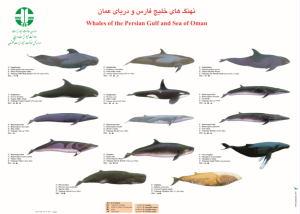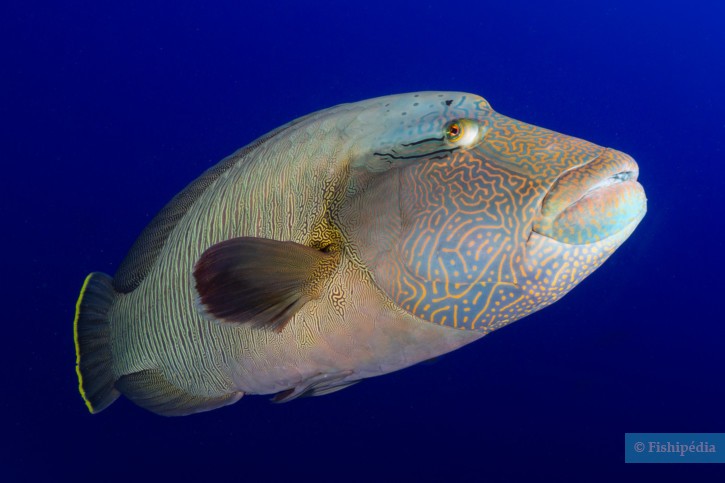The Persian Gulf, a marginal sea of the Indian Ocean, is one of the most biodiverse marine environments in the world. Despite its relatively shallow waters and high salinity, this body of water is home to a wide array of marine species, from tiny plankton to large mammals, all of which contribute to a complex and vibrant ecosystem. However, this rich biodiversity is increasingly under threat from environmental changes and human activities.
Unique Biodiversity of the Persian Gulf
The Persian Gulf’s warm, saline waters create a unique habitat for a variety of marine species. The Gulf is especially known for its coral reefs, mangroves, and seagrass beds, which are critical for the survival of many marine organisms. Coral reefs in the Gulf are resilient, adapting to some of the world’s highest water temperatures, but they still face significant challenges.
Fish Species: The Gulf is home to over 700 species of fish, many of which are commercially important. These include various species of grouper, snapper, and parrotfish. The Gulf is also known for its sharks and rays, with species like the blacktip reef shark and the critically endangered sawfish being notable inhabitants. These predators play a crucial role in maintaining the balance of the marine ecosystem by controlling the population of smaller fish and invertebrates.

Invertebrates: The Persian Gulf hosts a wide range of invertebrates, including mollusks, crustaceans, and echinoderms. Pearl oysters are particularly significant, as the Gulf has been historically known for its pearl fishing industry. The invertebrate population also includes various species of crabs, shrimp, and sea urchins, which contribute to the ecological balance by recycling nutrients and providing food for other marine animals.
Marine Mammals: Among the most fascinating residents of the Persian Gulf are its marine mammals, including the dugong and various species of dolphins and whales. The dugong, a marine herbivore often referred to as the “sea cow,” feeds on seagrass and is an indicator of the health of seagrass beds. The Indo-Pacific humpback dolphin and the bottlenose dolphin are commonly sighted, delighting observers with their acrobatic displays.

Credit: DOI: 10.13140/RG.2.1.1322.3286
Sea Turtles: The Persian Gulf is a critical habitat for several species of sea turtles, including the endangered hawksbill and green turtles. These turtles use the Gulf’s beaches for nesting, with females returning to the same beaches where they were born to lay their eggs. The survival of sea turtles in the Gulf is threatened by coastal development, pollution, and accidental capture in fishing gear.
Migratory Species and Routes
The Persian Gulf serves as a migratory corridor for several species of birds, fish, and marine mammals. The Gulf’s waters are part of the migratory routes for species like the whale shark, the largest fish in the world, which travels great distances to feed on plankton-rich waters. The Gulf is also an important stopover for various seabirds during their long migratory journeys between breeding and wintering grounds.
Environmental Challenges
While the Persian Gulf is rich in biodiversity, it is also one of the most environmentally stressed bodies of water in the world. The region’s marine life faces numerous threats, primarily due to human activities:
Pollution: The Persian Gulf is heavily impacted by pollution from oil spills, industrial discharges, and plastic waste. Oil pollution is particularly severe, given the region’s significance as a major global hub for oil production and transportation. These pollutants can have devastating effects on marine life, causing physical harm, disrupting reproductive systems, and contaminating the food chain.
Overfishing: Overfishing is a critical issue in the Persian Gulf, where unsustainable fishing practices have led to a significant decline in fish populations. This not only affects the marine ecosystem but also threatens the livelihoods of communities that depend on fishing. Species like the hammour (brown-spotted reef cod), a popular food fish, have been overexploited, leading to concerns about their long-term viability.
Climate Change: The effects of climate change are being felt in the Persian Gulf, with rising sea temperatures and increased salinity levels posing serious challenges to marine life. Coral reefs, in particular, are vulnerable to bleaching events triggered by temperature spikes, which can lead to widespread coral death. The loss of coral reefs would have cascading effects on the entire ecosystem, as many species depend on these structures for shelter and food.
Habitat Destruction: Coastal development, including the construction of artificial islands, ports, and other infrastructure, has led to the destruction of critical habitats like mangroves, seagrass beds, and coral reefs. This loss of habitat reduces the available breeding grounds and shelter for many marine species, further endangering their populations.
Conservation Efforts
Despite the challenges, there are ongoing efforts to protect and preserve the Persian Gulf’s marine environment. Several countries in the region have established marine protected areas (MPAs) to safeguard key habitats and species. These MPAs restrict human activities in sensitive areas, allowing ecosystems to recover and thrive.
Regional cooperation is also essential for effective conservation, as many marine species migrate across national boundaries. Collaborative initiatives, such as those led by the Regional Organization for the Protection of the Marine Environment (ROPME), aim to address transboundary environmental issues and promote sustainable management of the Gulf’s resources.
Public awareness and education campaigns are increasingly important in promoting the conservation of the Persian Gulf’s marine life. By fostering a greater understanding of the ecological importance of the Gulf and the threats it faces, these initiatives encourage more sustainable practices among local communities, industries, and governments.
Conclusion
The Persian Gulf is a unique and vital marine ecosystem, home to a rich diversity of species that have adapted to its challenging environment. However, this biodiversity is under significant threat from human activities and environmental changes. Protecting the Gulf’s marine life requires concerted efforts from all stakeholders, including governments, conservation organizations, and the public. By taking action to reduce pollution, manage fishing sustainably, and protect critical habitats, it is possible to preserve the Persian Gulf’s marine biodiversity for future generations.

